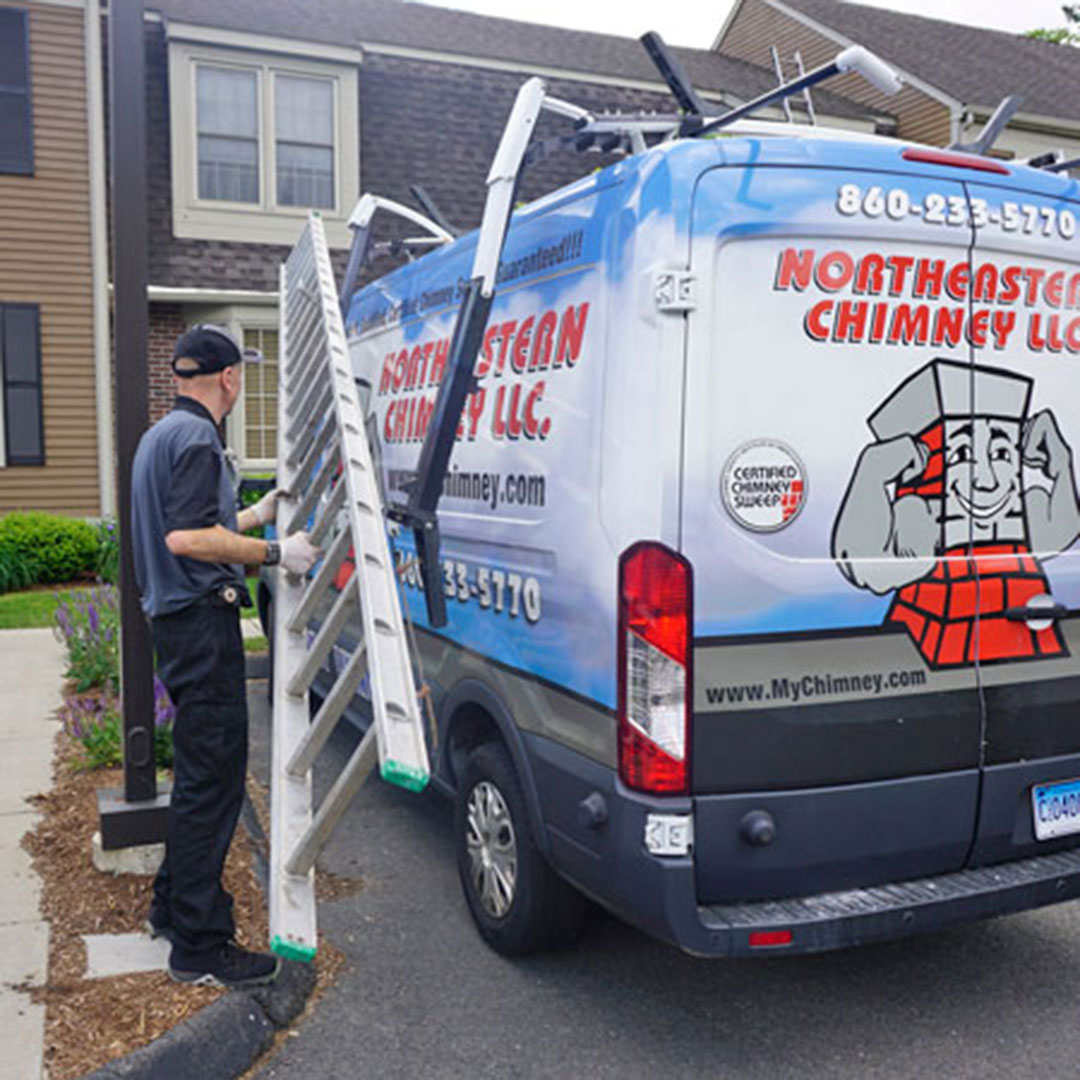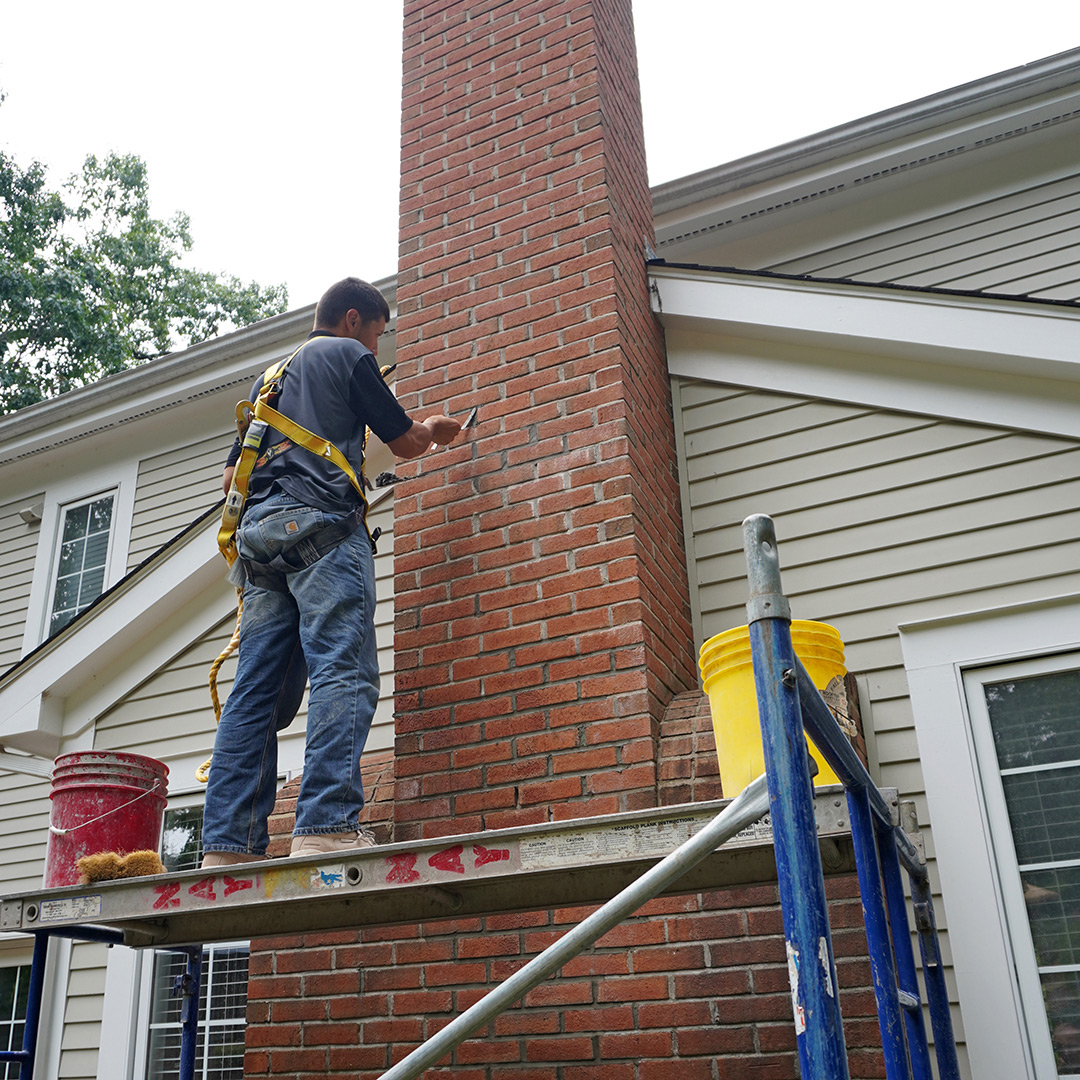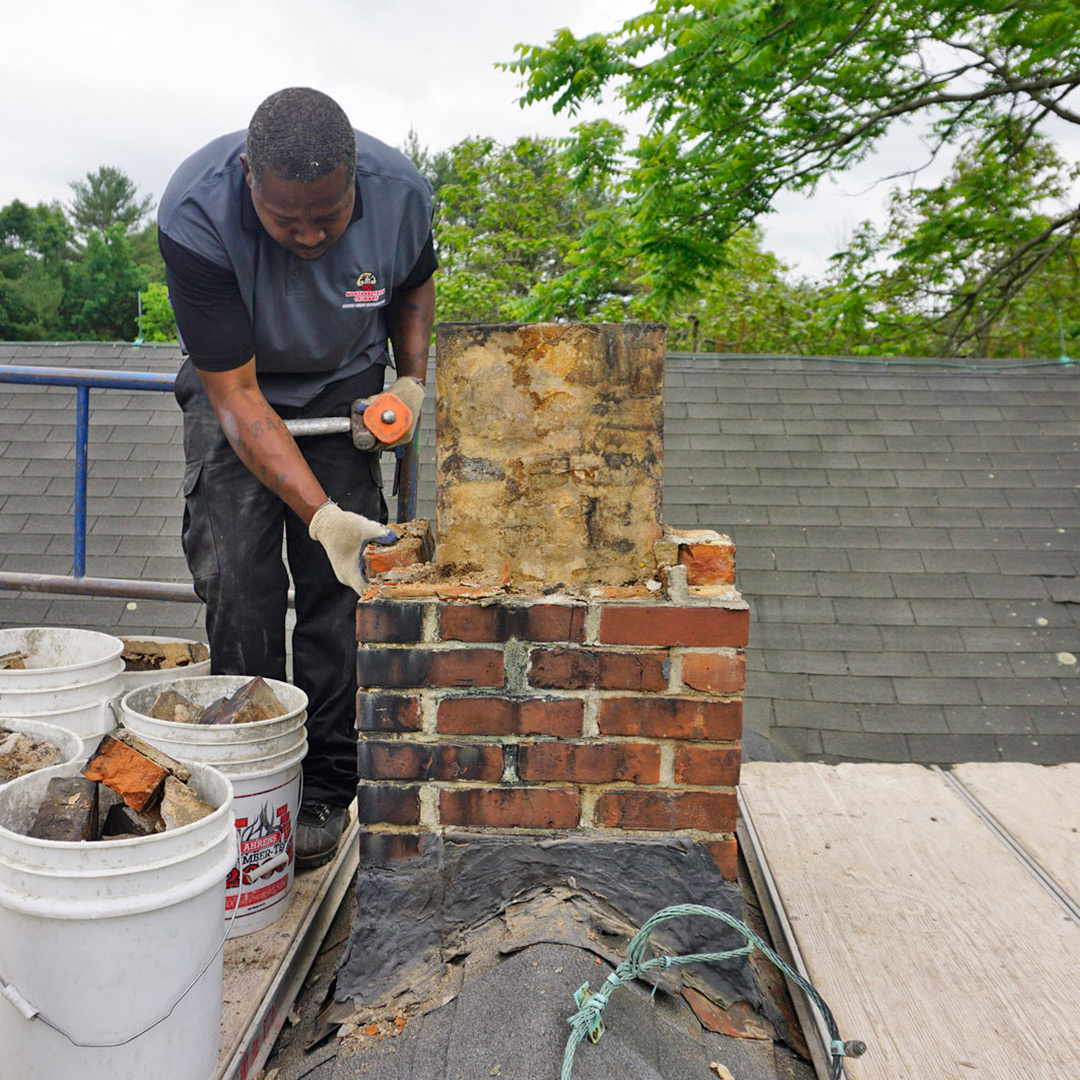Chimney Inspection Rules You Should Follow
Whether you are building a new home or have been living in yours for a while, a chimney inspection is something you want to happen regularly. Why? Because it ensures the safety of your home by identifying potential hazards like creosote buildup or structural damage that could lead to fires or carbon monoxide leaks.
Plus, regular inspections help maintain the efficiency of your heating system, saving you money on energy bills. Chimney inspection guidelines and regulations can differ based on your location and the particular codes and standards applicable in your region.
Here are some general guidelines and key points related to chimney inspection:
Frequently inspect the chimney
How often should your chimney be inspected? That depends on several factors that will determined by the level of inspection.
Level 1 Inspection
If your chimney is used regularly but has yet to experience any significant changes or issues, then a Level 1 inspection is recommended once annually.
A Level 1 inspection essentially involves a visual examination of the readily accessible parts of the chimney, including the interior and exterior of the chimney structure, chimney flue, and connections to heating appliances. The inspector checks for obstructions, deposits, and basic structural integrity.
Level 2 Inspection
Your chimney will require a Level 2 inspection if there are changes to its system, such as a change in fuel type (e.g., switching from wood to gas) or installing a new heating appliance. This inspection is also necessary if you are selling or buying a home.
In a Level 2 inspection, the examination is more in-depth. It involves checking the attic, crawl spaces, and other accessible areas for potential issues like hidden structural problems, deteriorated liners, and proper clearances.
It may also involve using a video camera or other specialized tools to inspect the inside of the chimney.
Level 3 Inspection
As you may have guessed, Level 3 inspections are more comprehensive. They are typically conducted when serious hazards are suspected, especially if Level 1 and 2 inspections reveal problems. Consequently, they are typically performed on a more regular basis.
Level 3 inspections encompass all elements of Level 1 and Level 2 inspections but go further. They may involve removing certain building or chimney structure components to access concealed areas, such as a chimney crown or interior wall sections.
If there is a suspected safety hazard or a need for a more invasive assessment, your chimney must undergo a Level 3 inspection.
Work with certified inspectors.
You might think you can check your chimney or have another unqualified person do it because you want to avoid the cost and hassle of getting a professional. However, this could cost you more in the long run.
To be on the safe side, certified chimney sweeps or inspectors should carry out chimney inspections.
This is because such individuals have special training and are accredited by reputable organizations to do the work.
Moreover, certified inspectors know the newest industry standards, safety protocols, and best practices for chimney inspections. This means that they can easily analyze the state of your chimney, identify potential hazards, and recommend repair and maintenance options.
Besides, these professionals are always updated on local building codes and regulations, making them the best people for ensuring that your fireplace and chimney comply with safety standards. This will go a long way in averting legal and insurance issues.
Finally, the bodies certifying chimney inspectors and sweeps typically have codes of ethics to which these professionals must adhere. Consequently, you get to enjoy high levels of professionalism in the industry.
Document the inspections
After a chimney inspection, your inspector is required to document the findings of their assessment. What does that mean?
Written report: Once they are done checking your chimney, the inspector is supposed to furnish you with a written report about their findings.
Condition assessment: In the provided written report, there should be a comprehensive analysis of the condition of your chimney as well as any issues that were identified during the inspection, like cracks, creosote buildup, obstructions, or damage to chimney caps.
Repairs and maintenance recommendations: If there are any issues with your chimney, the inspector should be able to recommend repair options and subsequent maintenance practices. You can, therefore, expect things like replacement of flue lining, repair of impaired parts, or chimney cleaning, among other things.
Safety and Efficiency: In the inspector’s report, there may also be suggestions regarding improvement of the efficiency and safety of your chimney systems. It could be anything from installing a carbon monoxide detector to updating the heating equipment.
Record Keeping: As a homeowner, you should keep a copy of your chimney inspection report. Why? Because it plays an instrumental role in tracking the history of your chimney maintenance and providing evidence for potential buyers or insurance companies in case you want to sell your house someday.
Properly maintain the chimney.
In case there were any issues identified during a chimney inspection, they should be promptly addressed. This may encompass repairs, cleanings, or even replacements.
Play by the codes and regulations.
As they can differ, familiarize yourself with the building codes and regulations specific to your locality. Complying with these codes is imperative to ensure both safety and legal conformity.
Think about safety
The primary objective of chimney inspections is to guarantee the secure operation of the chimney, fireplace, or heating appliance. Regular inspections prevent chimney fires, carbon monoxide leaks, and other potential safety risks.
Additional considerations
Depending on your geographic location, particular rules and regulations on chimney height, clearance distances, and the utilization of specific materials may exist. It is advisable to consult with local authorities and examine building codes for supplementary prerequisites.
Final Thoughts
To uphold the safety and effectiveness of your chimney, it is essential to arrange for periodic inspections conducted by certified chimney contractors Ellicott City and to adhere to the pertinent codes and regulations in your region.
The post Chimney Inspection Rules You Should Follow first appeared on First Class Chimney Services.
This post first appeared on https://www.firstclasschimneyservices.com


 Read the Manual
Read the Manual
 Common causes of crumbling bricks
Common causes of crumbling bricks Chimney rebuilding: In extreme cases, your mason can
Chimney rebuilding: In extreme cases, your mason can